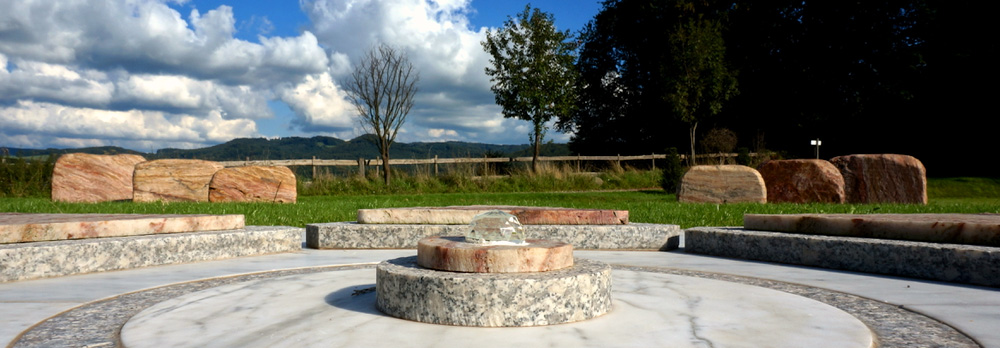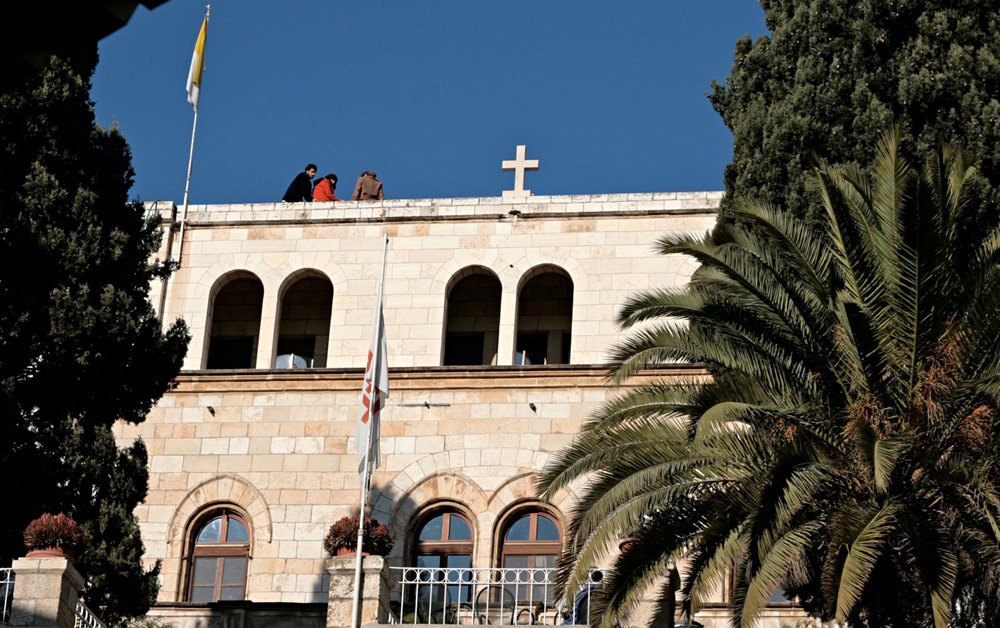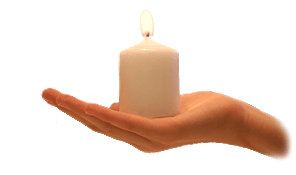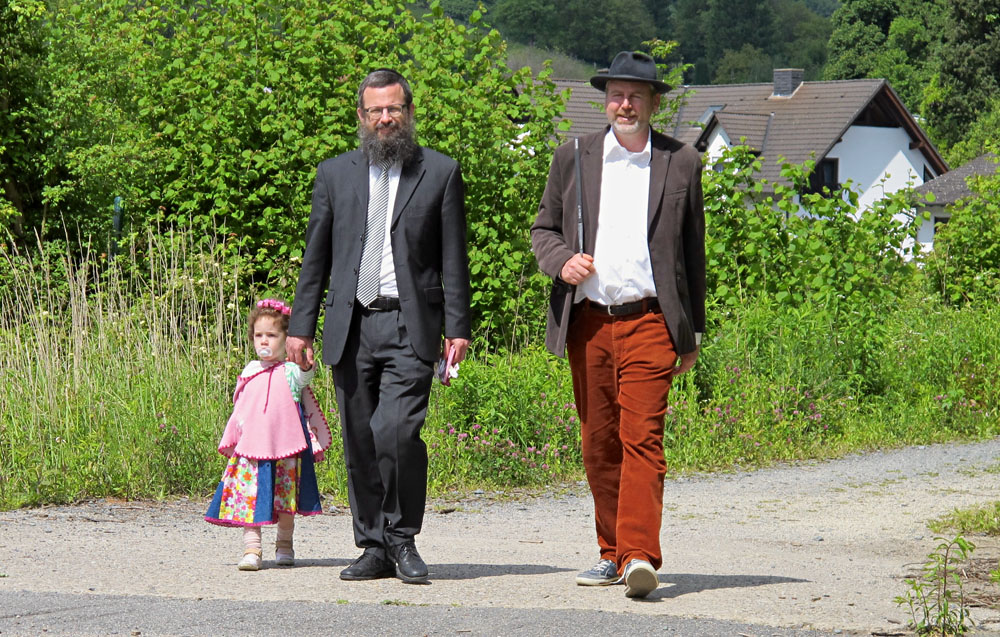The Blossom of Life within the Friedensmal
Chapter: Project / Peace & Shalom
Introduction
The Friedensmal is far more than just a physical location; it is a living symbol of the connection between past, present, and future in the pursuit of inner and outer peace. Situated in the picturesque scenery of the Odenwald, it unfolds as a space that not only makes the wounds of history visible but also places them in a context of reconciliation and new beginnings. This place invites people to see themselves and the world in a new light, marked by the dignity of the individual and collective responsibility for peace and freedom.
The project is a bold step in German culture of remembrance and simultaneously a model for other cultures and societies. It expands the boundaries of remembrance and opens doors for a future-oriented, community-organized world. The Friedensmal is a place where reconciliation is experienced not only as a historical necessity but as a living spiritual practice.
Despite the challenges and controversies that accompany the project, it remains a shining example of the transformative power of art and spirituality. It is a place where the soul can breathe and the spirit can rise to bring the world a step closer to the ideal of the heavenly Jerusalem. Thus, the Friedensmal becomes a universal sign of hope and inspiration for all who seek inner and outer peace.
An Idea of Jerusalem
The goal of the project is essentially
Peace and Shalom. It refers to a comprehensive peace anchored in one's own soul. Peace is understood here as an inner attitude that radiates from inside to outside, symbolized by the Blossom of Life at the center of the Friedensmal. This peace excludes no one. All people, regardless of their background, have their pain and joy. Every visitor can come to this place and experience Shalom as peace in their own heart. This place thus embodies something of the 'Heavenly Jerusalem' and is therefore not just a "monument for the Jews" or a "monument for the Germans", but a Shalom for all people.In a world often marked by exhausting complexity and a sense of powerlessness, the quest for true Shalom takes place on a different level than visible political conflicts. These are outer manifestations; the real work on the cause lies within. It involves inner and spiritual work on the collective consciousness. Here lies the binding, and here it can be released. This work is necessary to find or create resonances for Shalom in the outer world.
Music has the power to express the unspeakable and touch us on a deeper level. A piece of music that captures the essence of this project is 'Return to My Soul' by Rabbi Shlomo Carlebach, born in Berlin in 1925. His music conveys universal messages of peace and reconciliation that transcend cultural and religious boundaries.
Goals of the Project
- The Friedensmal embodies in its symbolism the reconciliation between people and the reconciliation with ourselves. Although the project originated in Germany and addresses the specific traumas in the collective consciousness of this country, its message has universal significance. Facing the past and having a connection to it is important, even if it involves pain. However, the project aims beyond that: it aims to transform the burden of the past into a blessing for the future. Only then can we speak of true responsibility. In this sense, the Friedensmal acts as a place of Shalom.
- This work takes place at the foundation of our culture, which has developed over millennia. To ensure sustainability, the spirituality rooted in culture must become visible in the material world – through the language of art, symbols, and monuments. The Friedensmal serves this goal and emphasizes the need to anchor the idea of peace in people's hearts to enable global peace.
- "The dignity of the individual is inviolable", states the first article of the German Basic Law, formulated in the consciousness of war, persecution, and dehumanization. The person who is aware of their dignity can walk uprightly in this world. Where does the degradation of humanity begin, and how can we prevent ourselves or others from no longer being able to walk upright? In this sense, the Friedensmal aims to be a voice that does not oppress but encourages and uplifts people.
| To better illustrate the meaning of dignity and integrity, I would like to share a poem that I wrote in 2014: |
Standing Upright
In noise and fight,
to endure and win,
does wisdom invite
a bending within?
*
From silence, from core,
richer than gold's gleam,
recall words that restore,
to uplift the soul's dream.
(T. Zieringer, 2014)
The Past
The
From this location, one can look into the Rhine plain, once the center of the flourishing Ashkenazi culture in the High Middle Ages – known as the 'Jerusalem on the Rhine.' This culture was destroyed during the Crusades, leading to the flight of many German-speaking Jews to Eastern Europe and the development of the Yiddish language.
The choice of location for the Friedensmal reflects these past themes: it was created not merely as an idea in a green landscape, but at a suitable place as the next step towards healing and reconciliation. The Friedensmal symbolizes a new 'positive path' in German remembrance culture and stands for light, love, freedom, and peace.
The fact that there is relatively little culture of remembrance in Germany that focuses on life is reflected in the history of the Friedensmal. Its creation outside of state structures by individual initiative and its initial exclusion from society with massive attacks against the initiator show how challenging it can be to embark on a new path in remembrance culture to encourage people to live in freedom and self-responsibility. - This exclusion occurred precisely in this German culture of remembrance, whose theme itself is exclusion and the terrible things that can develop from it. - This experience with reality is part of the history of the Friedensmal or the Jerusalem Friedensmal, and it underscores the importance of civic initiative for peace and self-responsibility, indicating that remembrance culture cannot only be 'imposed from above' by a state; it must be allowed to live 'from below' - from civic engagement.
A politician in a crucial position wrote to me at the time of construction, worriedly: 'But what if more citizens get the idea to simply build peace memorials?' The question that arises is how governments and power structures react to the idea of citizens seriously pursuing a path of freedom and self-responsibility. The Friedensmal stands as an example of how important it is to create and maintain spaces for this kind of engagement and remembrance.
Taking Responsibility
These considerations highlight that the necessary change must be profound. Coming into peace and 'learning something from the past' ultimately means for a society to say goodbye - late, but hopefully in time - to a hierarchically organized system based on power, manipulation, and central control. Instead, a decentralized system should be pursued, where people freely organize themselves and power works from the bottom up – an approach that corresponds to genuine democracy and operates without the abuse of power.
An honest reappraisal of the past must, therefore, also question traditional power structures. This has been particularly evident since 2020 (the start of the Corona crisis) in the handling of state structures with people and the influence of these structures on their behavior.
Turning Point to Life

Click here for the Turning Point"Remembering (a dark past) alone is not enough!” - this claim shapes the project and its impact on society. It's about the responsibility for life that is perceived today. The process described at the Friedensmal, 'where dust turns into light,' represents an ongoing positive development into the future. It's not about having 'finally overcome' the past, nor about feelings of guilt, but about true awareness and constant responsibility for the values of life. This approach is also an opportunity to reconnect with younger generations. Here, the peace referred to is not one of graveyard silence, but of new life; a peace that becomes the path itself when lived anew each day.
'That we recognize the fences in our interactions and do not seek our life in the past' – this sentence on the Stone of Encounter at the outer boundary of the peace site symbolizes the constant change of societies. The Friedensmal stands for remembrance, but also for encouragement to live, for positive change towards freedom and light; towards life.
Life is beautiful, despite the darkness that often dominates the media. This darkness is part of our lives and touches our history and experiences. And yet we know that we can never be content in a world overshadowed by ignorance and baseless hatred, which should actually be a life filled with beauty, truth, and goodness. This goal is supported and symbolized by the Friedensmal.
A Symbol of Identity

The way a nation confronts its past – with the willingness to honestly recognize its weaknesses and take responsibility – is crucial for its ability to powerfully meet the challenges of the times and remain as a culture. The
Friedensmal is intended to serve as an impulse and a projection surface for this Turning Point towards Life, represented by the center of the Blossom of Life at the heart of the monument. The aim of the project is not to convey feelings of guilt to 'the Germans' anew, but to create the conditions for a positive, life-affirming future through self-awareness.The 26-meter diameter Friedensmal is the central element of the design and stands for a new approach to the past. Art, as a language, is particularly suited for this purpose. The long-term societal impacts of such an impulse can be far-reaching. In Germany, a project like this is unique. The Friedensmal symbolizes the transition from dealing with the past to integration and responsibility for active social engagement for peace and freedom. It requires civil courage and civic engagement, thereby becoming a positive, identity-creating symbol for the nation and beyond.
A Remembrance That Reaches into the Future
The
Friedensmal illustrates that a monument can address and connect the past, present, and future. This is not about 'overcoming' the past. Rather, the past serves as a parable for the present, from which the future emerges. It repeats itself, often in altered form, if not understood. At the Friedensmal, this cycle is broken by the Tree of Life, symbolizing clear inner recognition. It is surrounded by a 'dance floor'; a space for encountering the Other within oneself. This space represents a truthful exchange in the community and the realization of the Self in dialogue with the 'You', drawing on the philosophy of Martin Buber.The 'dance floor' also symbolizes a different, freer way of interacting with each other, an openness to the Other as a dance partner rather than as an opponent or enemy. This allows for learning from each other and trying out new figures and paths.
The Friedensmal brings a respectful, life-affirming, and future-oriented impulse to German remembrance culture and could thus reach younger generations. It could even serve as a bridge for a deeper understanding of the Memorial to the Murdered Jews of Berlin. One problem in German memorial culture is the impression that only the suffering of 'the Others' should be spoken about and that dealing with one's own suffering is the first step towards denying one’s own crimes in history. The project emphasizes that understanding one's own suffering is necessary to truly comprehend the suffering of 'the Others.'
Responsibility is a central aspect of this project. To better grasp the multifaceted nature of responsibility, I would like to share a poem that sheds light on the different dimensions of this concept:
Responsibility means,
taking a step further—
into life
It's not about forgetting the suffering, but about transforming it.
Responsibility means,
taking a step further—
into love
Love calls for the appreciation of life and the dignity of the human being.
Responsibility means,
taking a step further—
into freedom.
A Sign of Jewish-Christian Reconcilitation
The

The image shows the Austrian Hospice in the Old City of Jerusalem. Jerusalem is the most significant place for both Judaism and Christianity. The shared foundation of Judaism and Christianity was deeply wounded by discrimination and persecution, especially during the Shoah, but already in the High Middle Ages during the Crusades: To liberate Jerusalem from Islam, the Christian crusaders destroyed the Jewish '
The erosion of Christian faith in Western Europe and the loss of cultural roots are aptly described by Gilbert Keith Chesterton. His words from 1908 reflect the current situation and underscore the need for healing at the root of our culture: 'When a religious scheme is shattered (...), not only vices are let loose. The vices are, indeed, let loose, and they wander and do damage. But the virtues are let loose also; and the virtues wander more wildly, and the virtues do more terrible damage. The modern world is full of the old Christian virtues gone mad. They have gone mad because they have been isolated from each other and are wandering alone.' This quote from 1908 still sounds as a realistic description of our current situation in Europe. What could make it clearer that healing at the root is needed, as the Friedensmal suggests?
A culture of uprooted people is not viable. It is like with a tree: only a tree that has roots can stretch into the sky.
The design of the Friedensmal, especially the choice of symbols, reflects the idea of healing. The word 'Yerushalayim' on the Stone of Encounter reminds us of Jewish culture and its values of freedom, while the star in the Blossom of Life and the Tree of Life also have references to Christianity. Through this symbolism, Jerusalem is honored as the most significant place for both religions.

The metaphor of the
Geopark Bergstraße-Odenwald
"He appeared to Moses not at the palace of Pharaoh, but in the countryside at the edge of the path." This quote reflects the symbolic significance of the location of the Friedensmal. Grandiosity is found in the collective shadow of German culture. Far from the political capital Berlin, in the South Hessian countryside along a hiking trail, it is a good place to become simple. In this quiet, nature-close environment, visitors can distance themselves from the complex and often opaque games of politics and society, and enter a space for genuine, unpretentious encounters with themselves and history to reflect on the simple, fundamental truths of life. Actually, the path of humans to freedom is a simple one. It simply means letting go of the mental constructs and idols created by the mind, which obstruct the relationship with G-d. It means detaching from self-created mental barriers and returning to the simple, fundamental truth of life.The formulation 'G-d' as an expression of Jewish tradition, emphasizing the unfathomable and indescribable nature of the Divine by leaving the name incomplete, is philosophically significant. This approach takes the concept of God out of the conception itself, thereby also removing the barriers between religions in interreligious dialogue; because the commonality in transcendence is understood. These barriers were never real, lying only in different notions and concepts about an indefinable conception of God that must transcend one's own consciousness and can also be an idea or a dream of 'his' never-ending development within oneself.
The circle of the monument between 'angel wings' at the Friedensmal symbolizes this return to humanity and integrity. The place invites one "Zu zayn a Mensh - to be a person of integrity and honor. It is a place that offers the opportunity to step out of the complicated and sometimes dishonest play of everyday life and focus on the fundamental aspects of life.

